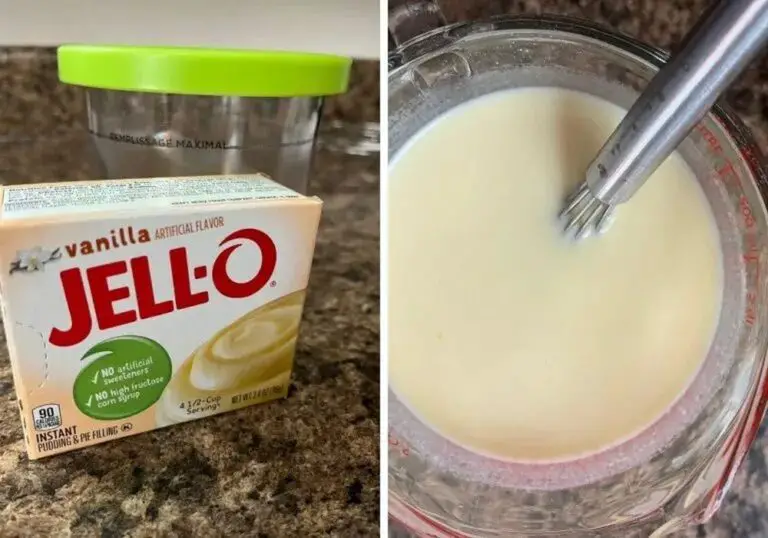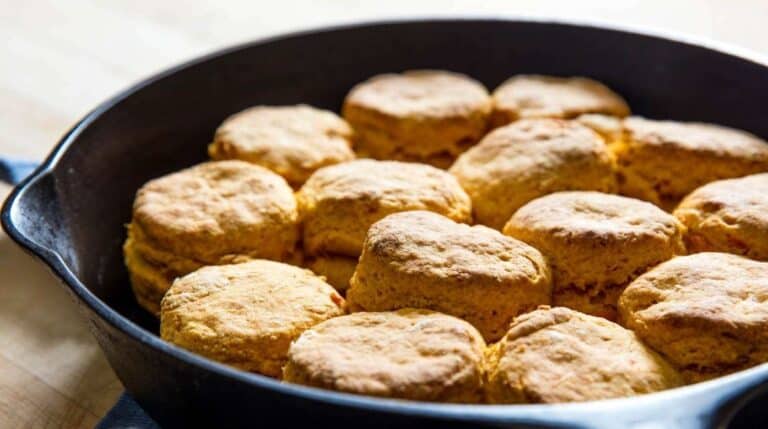What Ingredients Can Affect the Shelf Life of My Bundt Cake?
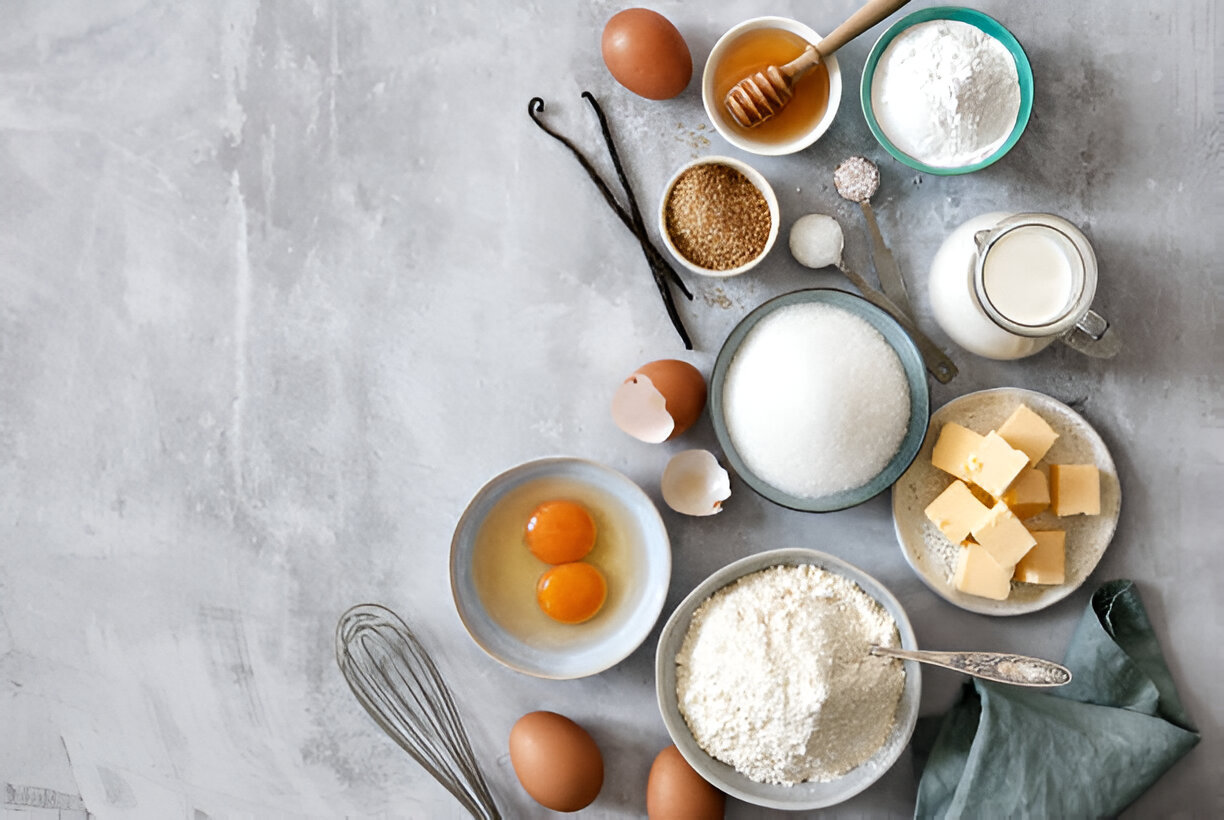
If you’re anything like me, you probably find it difficult to resist a perfectly baked Bundt cake. That rich, moist texture with just the right hint of sweetness is the ultimate comfort food. But whether you’re making one to share or savoring it slowly, understanding the role of each ingredient on its shelf life can help you keep it fresher longer.
So, let’s dive into the components that can impact how long your Bundt cake lasts!
1. Flour: The Foundation of Freshness
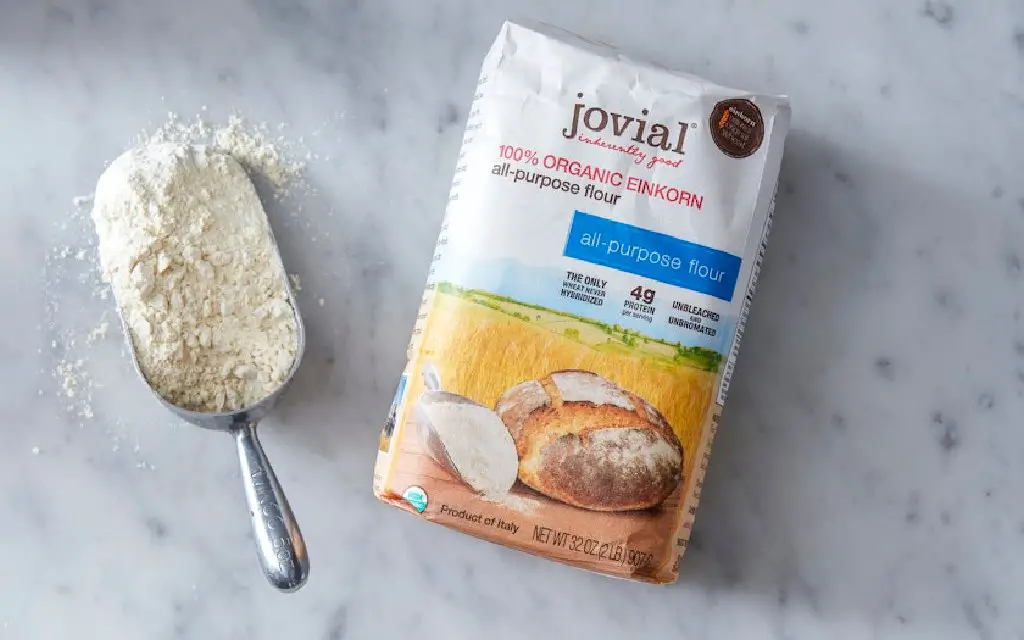
Flour Type
The type of flour you choose can play a huge role in your cake’s shelf life. All-purpose flour is generally more stable and holds up longer than other varieties. Cakes made with whole wheat or nut-based flours, on the other hand, might have a shorter lifespan because they contain natural oils that can go rancid over time.
Moisture Absorption
Flour also affects how much moisture your cake can retain, which directly impacts freshness. Too much moisture can make your Bundt cake soggy and prone to mold, while too little can lead to a dry, crumbly texture. Finding the right balance is key.
2. Sugar: The Sweet Preserver
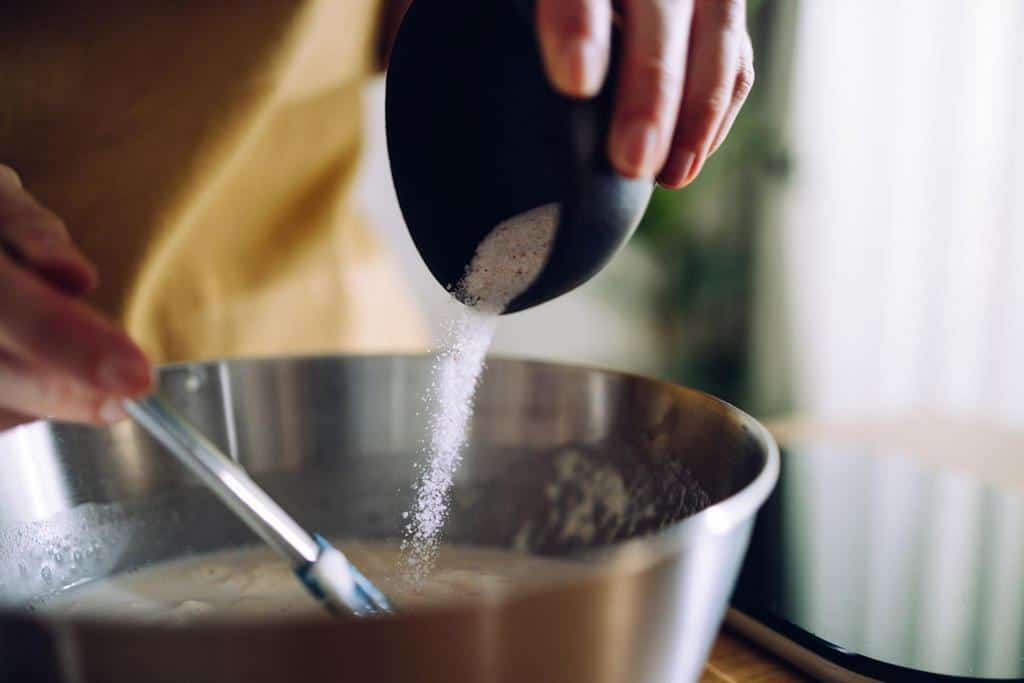
Sugar as a Natural Preservative
Sugar isn’t just for sweetness; it’s also a natural preservative. By attracting and holding onto moisture, sugar helps to keep your cake moist, which is essential for a longer shelf life. The more sugar you use, the longer your cake will typically stay fresh.
Type of Sugar
Different types of sugar—like brown sugar, granulated sugar, and powdered sugar—affect shelf life differently. Brown sugar, with its molasses content, can help your cake stay even more moist but might affect the flavor over time. Granulated sugar is stable and provides a longer shelf life, while powdered sugar’s texture might not hold up as well if the cake isn’t stored properly.
3. Fats: Butter, Oil, and Beyond
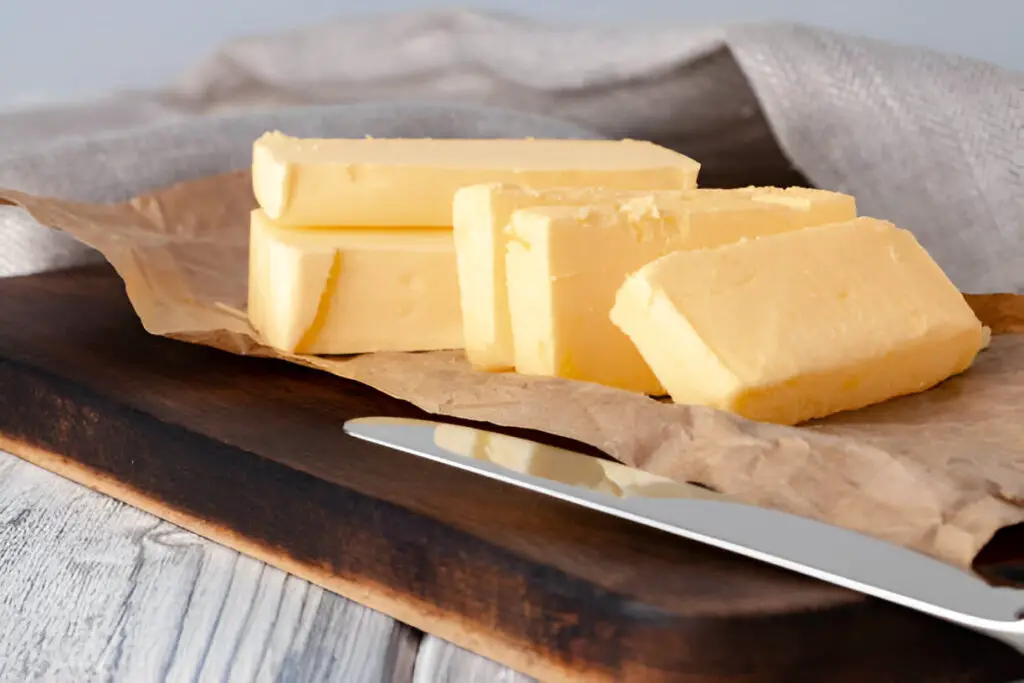
| Fat Type | Flavor Profile | Shelf Life Impact |
| Butter | Rich, creamy flavor | Shortens shelf life due to dairy content |
| Vegetable Oil | Mild flavor | Extends shelf life by adding moisture |
| Coconut Oil | Slightly sweet, nutty | Adds moisture but can solidify when cold |
| Shortening | Neutral flavor | Increases stability for longer storage |
The Type of Fat Matters
Fats are essential for moistness, but they vary in how they affect the cake’s freshness. Butter, for instance, lends a rich flavor but can shorten shelf life due to its dairy content, which is more perishable. On the other hand, vegetable oil tends to keep cakes moist longer because it doesn’t solidify as butter does, which can lead to a more extended shelf life.
4. Eggs: Freshness Friend or Foe?

Eggs add structure and richness, but they also carry moisture, which can accelerate spoilage if not handled properly. Cakes with a higher egg content tend to be moister but may not last as long at room temperature, so consider refrigerating them if you’re using lots of eggs.
Egg White vs. Whole Egg
If you’re using only egg whites in your Bundt cake, it might dry out faster than cakes made with whole eggs, as the yolks contain more fat and moisture.
5. Dairy Products: Cream, Yogurt, and Buttermilk
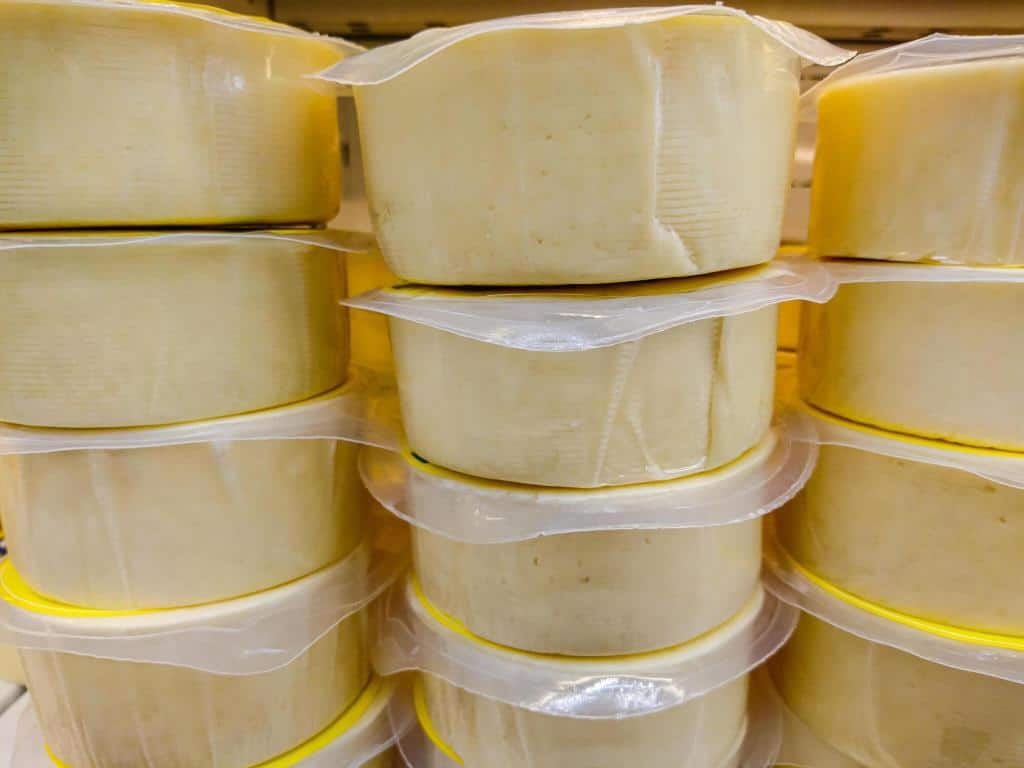
Dairy ingredients can work wonders for your cake’s texture, but they also make it more perishable. A Bundt cake made with sour cream or yogurt is bound to be moist and tender, yet it might need refrigeration to last beyond a few days. If you’re aiming for longer storage, try non-dairy substitutes like almond or coconut milk, which add moisture without the same spoilage risks.
6. Leavening Agents: Baking Powder and Baking Soda
Leavening agents like baking powder and baking soda can indirectly impact the shelf life of your cake. Their main role is to help the cake rise, creating a lighter texture, but they also interact with acidic ingredients (like yogurt or buttermilk), which can affect how long your cake remains fresh.
Old vs. Fresh Leavening Agents
Using fresh baking powder and baking soda ensures the cake will rise properly, creating a stable structure that keeps the cake from drying out too quickly. Outdated leavening agents may cause uneven textures and make the cake spoil faster.
7. Flavor Add-Ins: Fruits, Nuts, and Chocolate
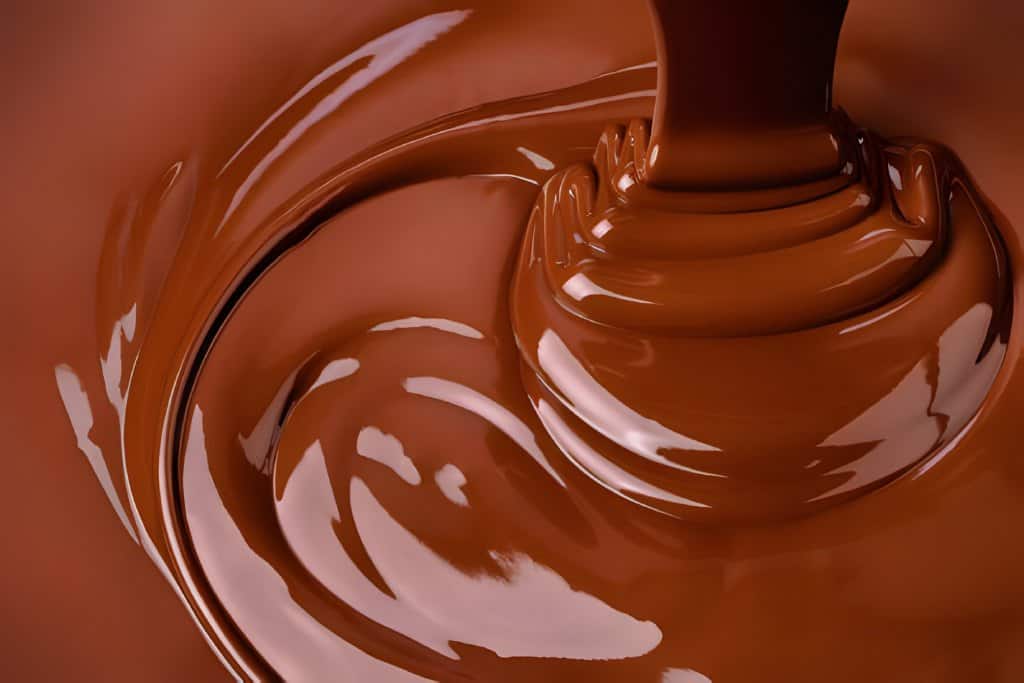
Fresh vs. Dried Fruits
Fresh fruits like apples, berries, or bananas may add bursts of flavor, but they also add moisture, which shortens shelf life. Dried fruits, however, can add sweetness and texture without making the cake as susceptible to mold or spoilage.
Nuts and Seeds
Nuts add richness and crunch, but they contain natural oils that can turn rancid over time. Toasting nuts beforehand can help stabilize their oils and extend the cake’s freshness.
Chocolate and Cocoa
Chocolate chips or cocoa powder don’t typically shorten shelf life; in fact, they can add richness without affecting stability. However, if you’re adding chocolate ganache or other frostings, these will add moisture, impacting storage needs.
8. Preservative Options: Natural Ways to Extend Shelf Life
Here are some natural ingredients that can help extend your Bundt cake’s life without adding artificial preservatives:
| Ingredient | Preservation Benefit |
| Honey | Natural humectant that keeps moisture in the cake |
| Vinegar | Small amounts can inhibit mold growth |
| Lemon Juice | Adds acidity, which can delay spoilage |
| Salt | Natural preservative that inhibits bacterial growth |
Using a small amount of vinegar or lemon juice won’t change the taste noticeably but can act as a natural mold deterrent. Honey, as a natural humectant, can keep the cake moist longer while adding a hint of flavor.
How Can I Tell if My Bundt Cake Has Gone Bad?
Knowing when your Bundt cake has gone bad is essential to ensure it’s safe to eat and still delicious. If the cake has become dry or crumbly, it’s a clear sign that it’s past its prime. While it may still be edible, the texture will have significantly changed, making it less enjoyable.
A strange odor is another red flag. If your Bundt cake smells sour or off in any way, that could indicate spoilage, especially if it contains dairy or fruit fillings. Additionally, discoloration or any signs of mold are immediate indicators that the cake should be discarded. Mold usually appears as green, black, or fuzzy spots on the surface, and consuming moldy cake can cause mild foodborne illness.
| Spoilage Indicator | What It Means | Action to Take |
| Dry, crumbly texture | Loss of moisture, old cake | Best to discard |
| Strange odor | Spoiled ingredients | Toss it out |
| Discoloration | Possible mold growth | Discard immediately |
| Visible mold | Bacterial or fungal growth | Never eat it! |
Always prioritize food safety when it comes to baked goods. If you’re unsure, it’s better to err on the side of caution to avoid potential health risks.
| Related: How to Prevent a Bundt Cake From Drying Out and Sticking? |
Storage Techniques to Maximize Shelf Life
Once you’ve baked your Bundt cake to perfection, how you store it will determine how long it stays fresh. Here are a few methods to keep it at its best:
At Room Temperature
If your cake is free from dairy-based frostings, it can stay at room temperature in an airtight container for 2-3 days. Wrapping it in plastic wrap helps retain moisture.
Refrigeration
For Bundt cakes made with dairy or fresh fruit, the fridge is your best friend. Place the cake in an airtight container to prevent it from drying out, and it should stay fresh for up to a week.
Freezing
Bundt cakes freeze well! Wrap the cake in plastic wrap and then in aluminum foil. It can last in the freezer for up to three months. Thaw it at room temperature when you’re ready to enjoy a slice.
Final Thoughts: The Perfect Balance for a Long-Lasting Bundt Cake
Every ingredient in a Bundt cake plays a part in how long it’ll last. Flour, sugar, and fats work together to give it structure and moisture, while dairy and fruits add delicious flavor and texture but can shorten its shelf life. By knowing the shelf-life pros and cons of each ingredient and making smart storage choices, you can keep your Bundt cake fresh and delicious for as long as possible—though if you’re anything like me, it might not last long enough to worry about that!





